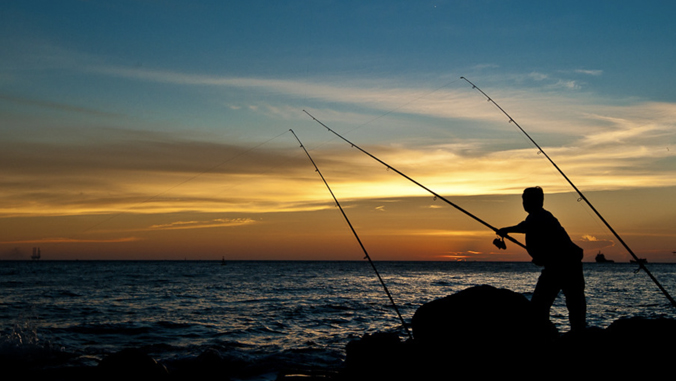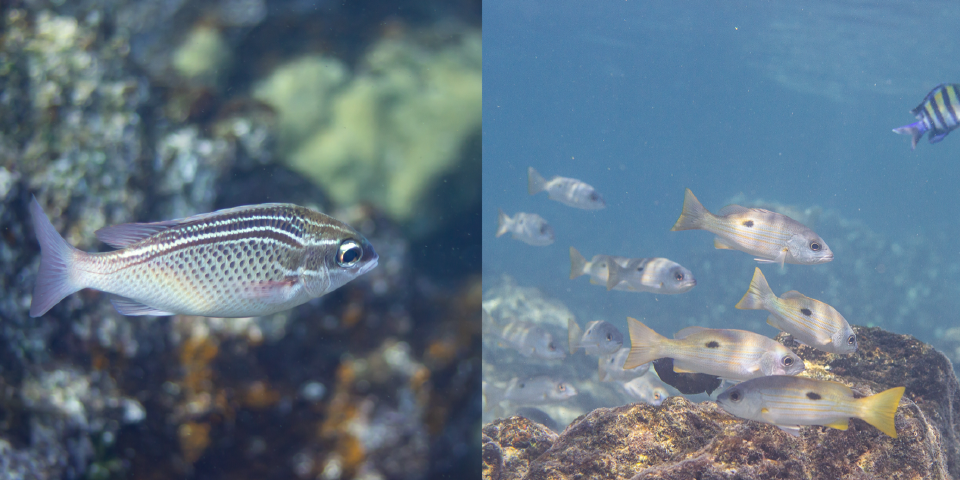Native predatory fish help control invasive species in Hawaiian fishpond

A Moonshot for Coral Breeding Was Successful
October 7, 2022
New UH Vessel to Expand Marine Research, Conservation Efforts
October 25, 2022Native predatory fish help control invasive species in Hawaiian fishpond

He'eia Fishpond (Photo Credit: Keliʻi Kotubetey, courtesy of Paepae o Heʻeia)
UH News, first published on October 19, 2022.
Please read the story below that features HIMBʻs associate research professor, Dr. Erik Franklin, and research professor, Dr. Robert Toonen.
Jacks and barracuda in Heʻeia fishpond eat Australian mullet, an invasive species introduced to Oʻahu waters in the 1950s. This finding suggests that these native predatory fish may provide a form of biocontrol on populations of the invasive mullet species. The study was published in Aquaculture, Fish, and Fisheries by researchers from the University of Hawaiʻi at Mānoa, University of California at Santa Barbara (UCSB) and Paepae O Heʻeia.
Traditional fishponds, called loko iʻa, were once common across coastal areas of the Hawaiian Islands and provided a sustainable and pragmatic solution to food security concerns for local communities for centuries. Fishpond management typically focused on the cultivation of native mullet, moi, and awa which are plant-eating fish that thrived in fishpond environments. These desirable fishes would be eaten by predatory fish such as jacks and barracuda, which needed to be periodically removed from the fishpond. After invasive fish species were introduced to Hawaiʻi waters, they made their way into fishponds and altered fishpond marine food webs.
UH Mānoa’s Hawaiʻi Institute of Marine Biology (HIMB) associate research professor and study co-author Erik Franklin said the prominence of the invasive mullet in the predatory fish diets was unexpected.
Please read the full story on UH News.




